When wildfires roar through California’s hillsides, leaving ashen scars where vibrant life once thrived, it’s easy to feel powerless. Yet, hidden in the roots and leaves of the land is an ancient wisdom—a living legacy of resilience that has quietly shaped California’s landscapes for thousands of years. From the golden blooms of the California poppy to the sagebrush that perfumes the breeze, native gardens are more than just beautiful—they are survivors. And at the heart of their survival lies a story of Indigenous knowledge, echoing across centuries, teaching us how to live with fire rather than fight against it. Imagine a garden that not only bursts with color and life but also stands strong when flames threaten, a living shield inspired by those who have truly understood this land. This is the remarkable tale of California native gardens and the fire-resistant wisdom rooted in Indigenous planting.
The Ancient Roots of Fire-Resistant Landscaping
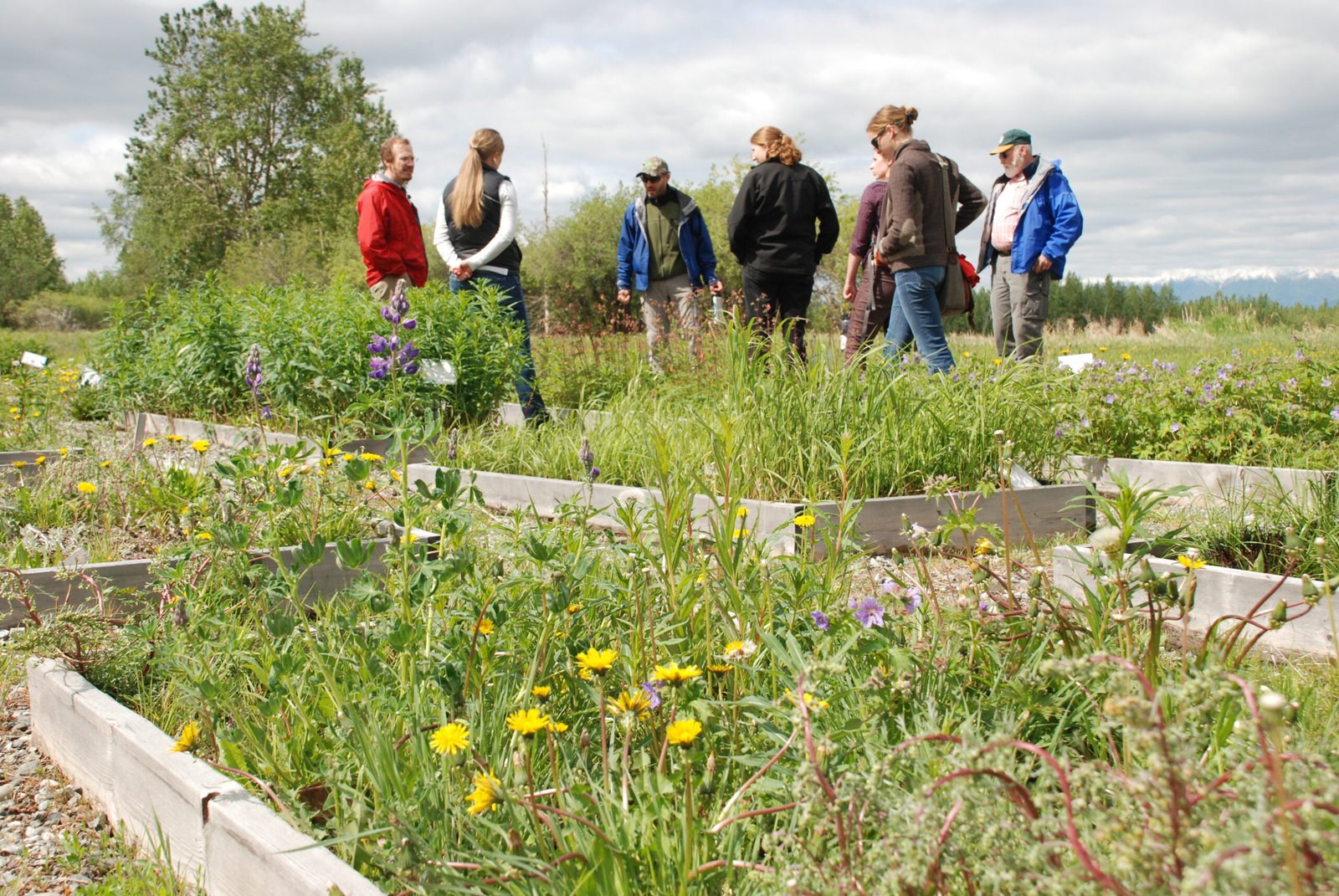
Long before California’s cities and suburbs took shape, Indigenous peoples mastered the art of living with fire. They didn’t fear it—they used it as a tool. Through carefully planned, low-intensity burns, tribes like the Chumash and the Miwok cleared dead brush, encouraged new growth, and created open spaces rich in food and medicinal plants. These traditional practices didn’t just maintain healthy ecosystems—they made the land more resistant to catastrophic wildfires. By choosing plants that could withstand or even thrive after fire, Indigenous communities set the stage for a resilient landscape that still influences the region today. Their knowledge was shaped by centuries of observation, respect, and a deep relationship with California’s natural rhythms.
Why Native Plants Offer Natural Fire Resistance
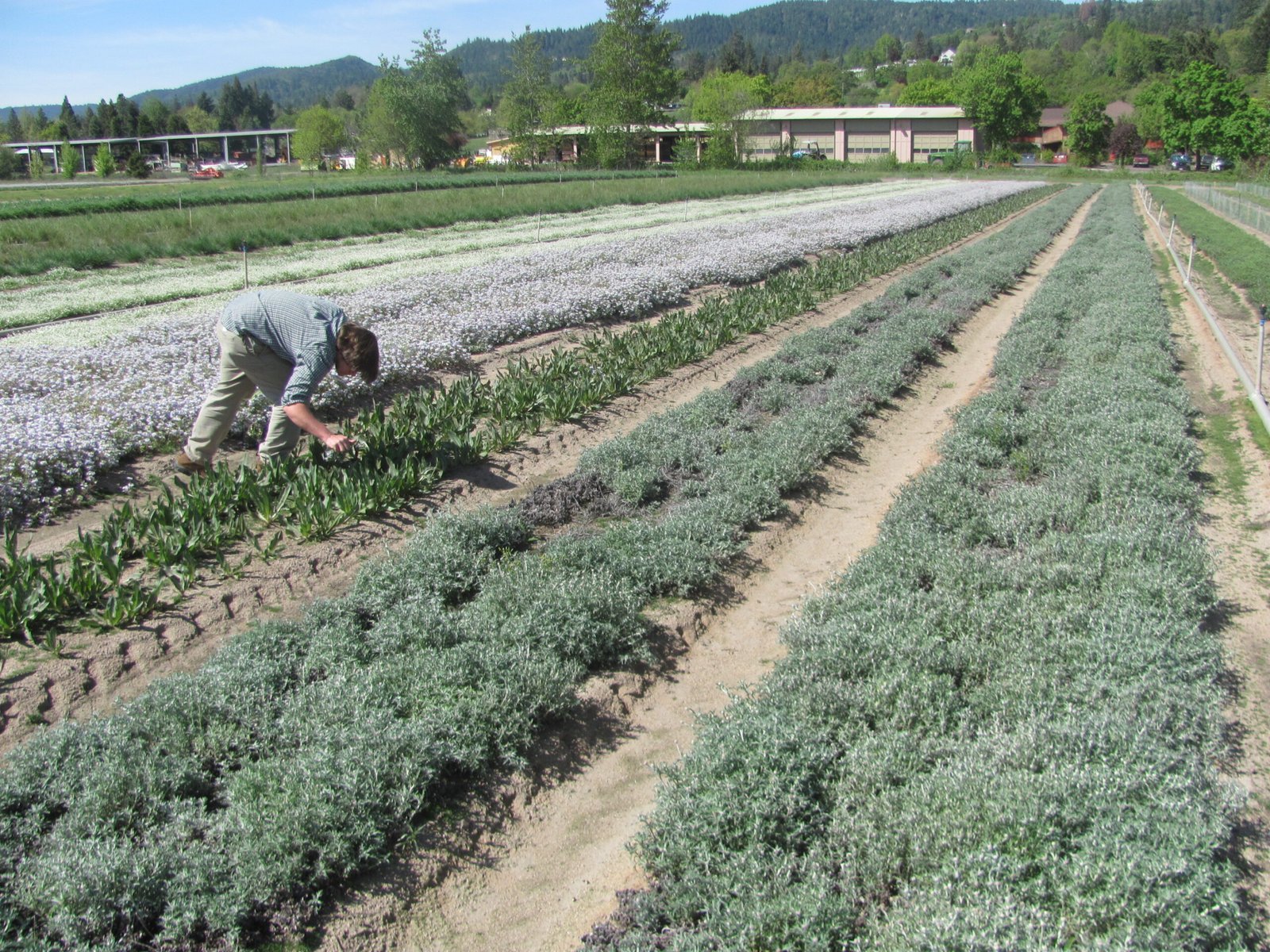
California’s native plants evolved in a land where fire is as predictable as the seasons. Unlike many ornamental species brought from afar, natives like manzanita, toyon, and the coast live oak developed thick bark, deep roots, and moisture-rich leaves that help them survive flames. Some, like the chamise, even need fire to germinate their seeds. By growing close to the ground and shedding flammable leaves quickly, they create natural breaks that slow the spread of fire. These unique adaptations mean that native gardens can act as living firebreaks, offering protection to homes and habitats during wildfire season. Embracing these plants is not just an ecological choice—it’s a wise defense rooted in science and history.
Indigenous Planting: A Blueprint for Modern Gardens
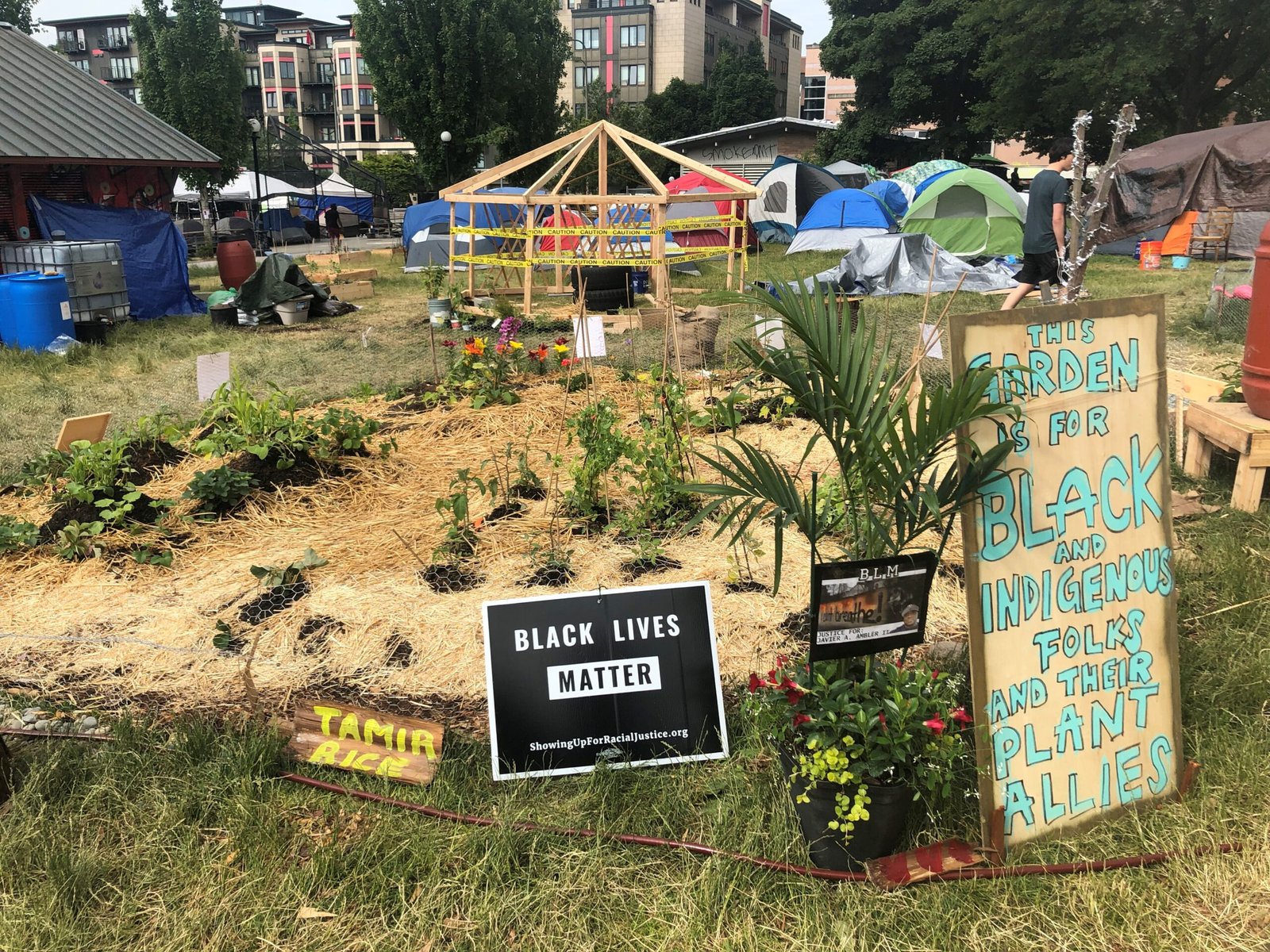
Today, landscape designers and gardeners are rediscovering the genius of Indigenous planting. The focus isn’t just on aesthetics—it’s about creating gardens that function as resilient ecosystems. By layering plants of different heights and choosing species that naturally belong together, Indigenous planting mimics the structure of wild landscapes. For example, planting shrubs like coyote brush beneath taller oaks and pines replicates the natural understory and provides shelter for wildlife. This approach reduces the buildup of dry, flammable material and supports the health of the soil. Modern native gardens, inspired by these techniques, become sanctuaries that reflect California’s wild heart and withstand its harshest challenges.
Fire-Adapted Species: The Stars of Native Gardens
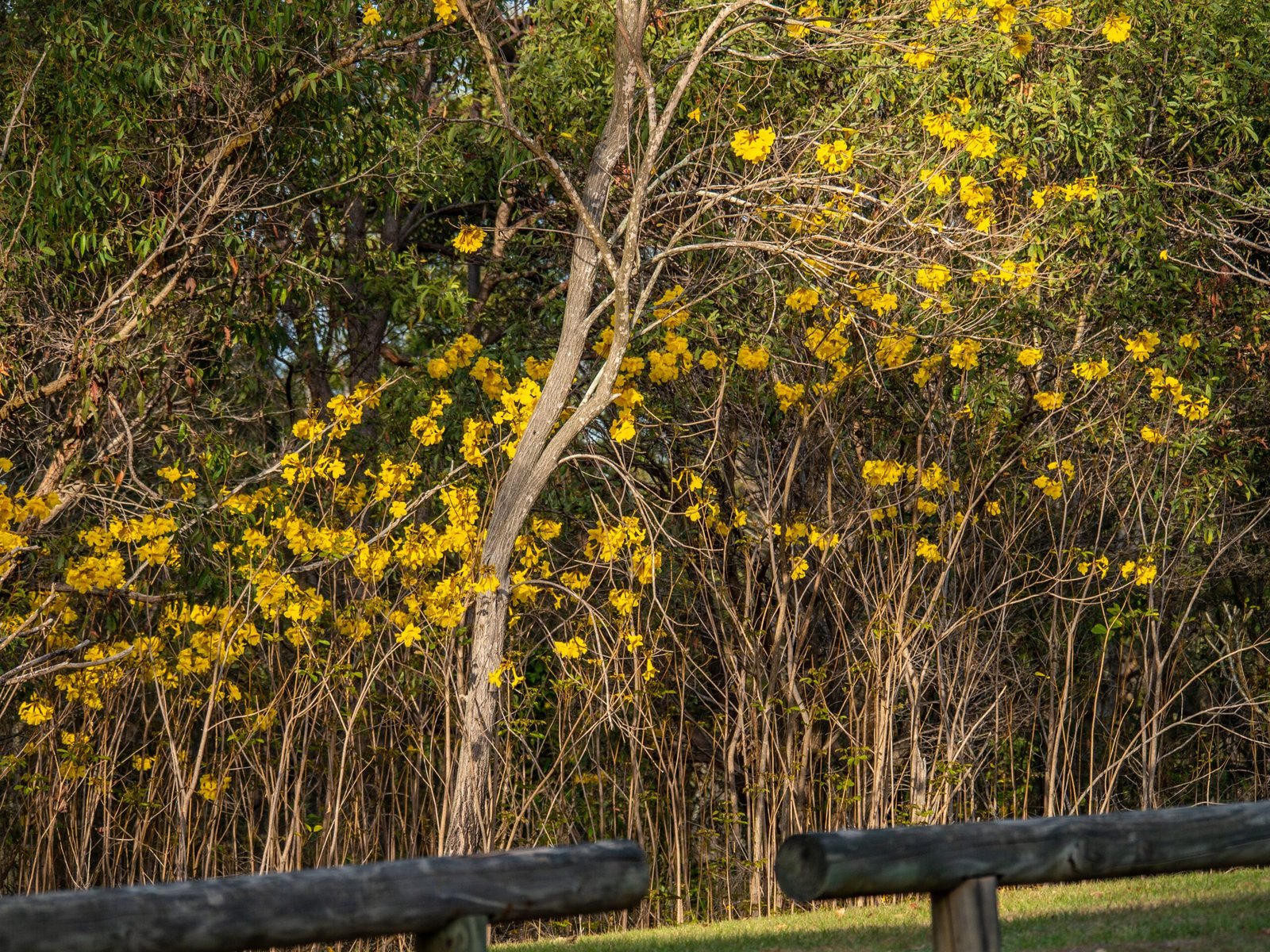
Some California natives are true fire escape artists. The blue elderberry, with its juicy berries and sturdy stems, can resprout after fire, quickly reclaiming scorched ground. The California fuchsia, a hummingbird favorite, bursts into flame-red blooms even after a tough burn. Sagebrush and buckwheat send roots deep into parched soil, storing water and bouncing back after drought and fire alike. These plants don’t just survive—they thrive, rewriting the story of devastation into one of renewal. Their resilience isn’t just inspiring; it’s a practical lesson for anyone hoping to create a garden that endures.
Designing for Resilience: Native Gardens as Living Firebreaks
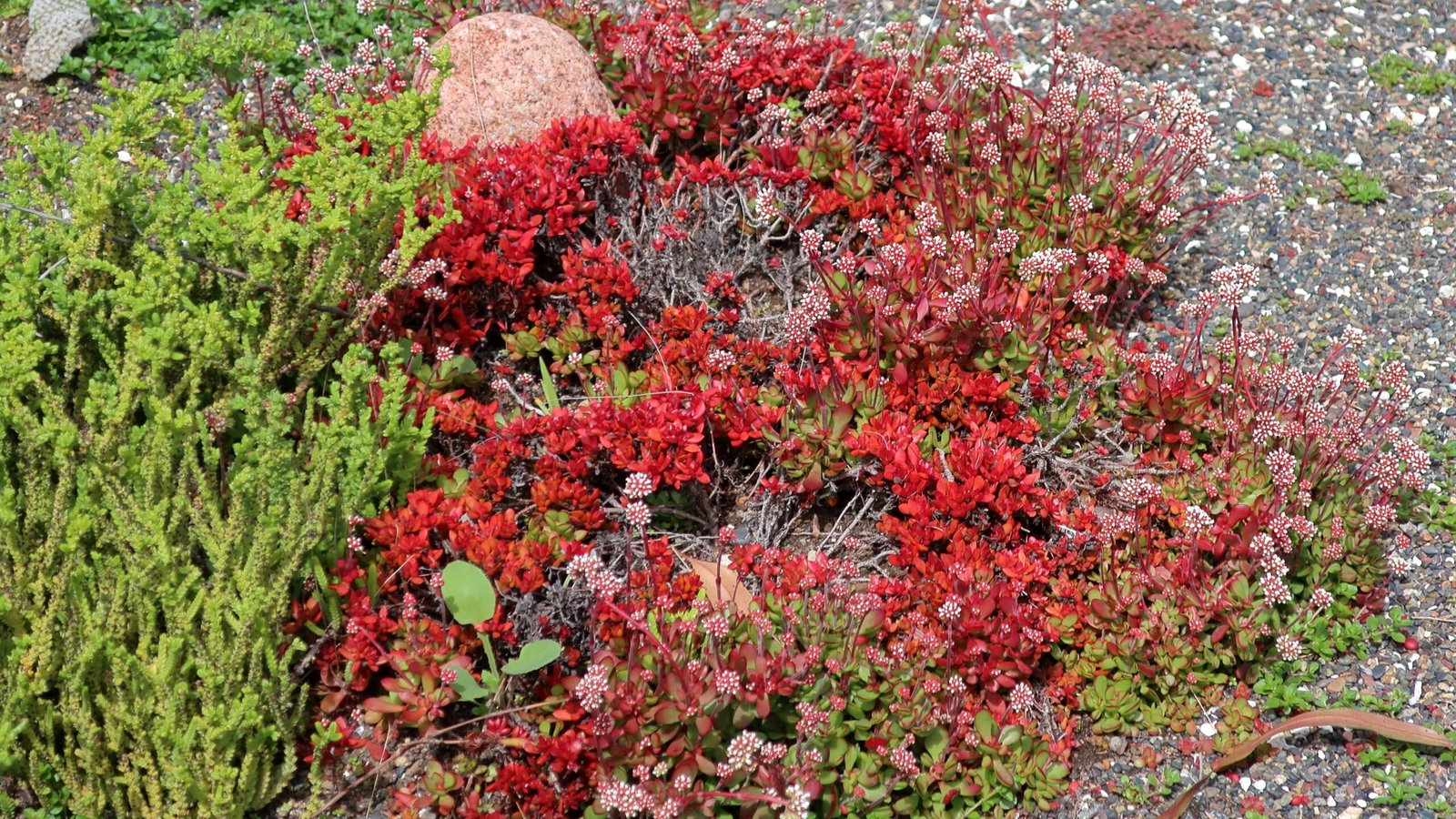
Creating a fire-resistant garden is about more than just plant selection. Placement matters, too. By spacing plants to prevent dense thickets and keeping lawns and paths clear of dry debris, you can slow the advance of flames. Mulching with gravel or decomposed granite instead of bark chips reduces fuel for fires. Grouping plants by water needs—another lesson from Indigenous wisdom—ensures that the thirstiest species are closest to the home, creating a moist buffer. These design strategies, rooted in both tradition and modern science, transform gardens into dynamic shields for homes and communities.
Water-Wise Beauty: Drought and Fire Go Hand in Hand
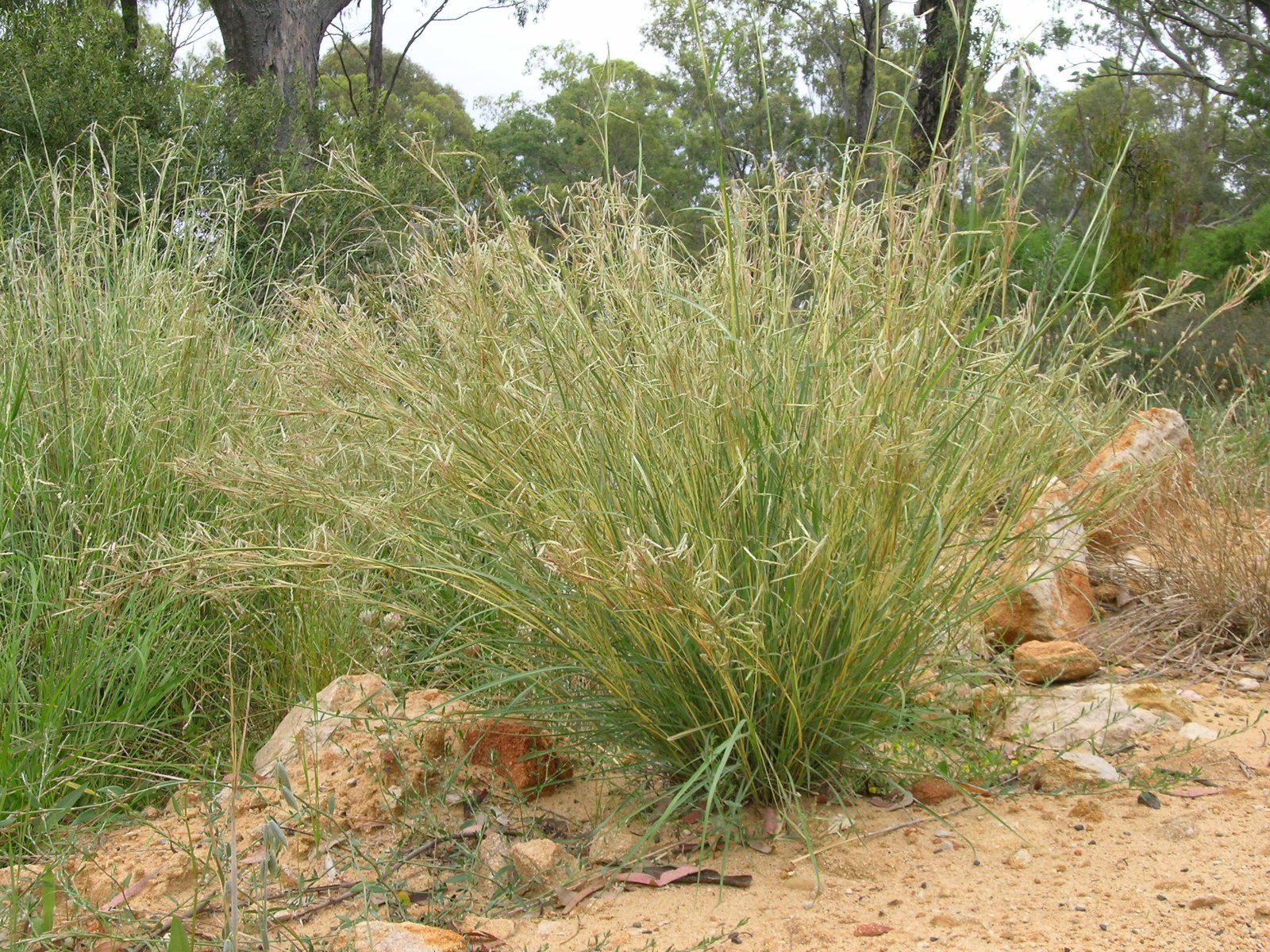
California’s periodic droughts make fire risk even worse, but native plants are perfectly adapted to survive with little water. Their deep roots seek untapped moisture, allowing them to stay green when other plants wilt and die. This not only preserves garden beauty through the dry months but also means less flammable material accumulates. By swapping out thirsty lawns for native wildflowers and grasses, gardeners can save water, reduce maintenance, and create landscapes that are both stunning and sustainable. The harmony of drought tolerance and fire resistance is a signature of California’s natural legacy.
Restoring Traditional Knowledge: Learning from the Land’s First Stewards
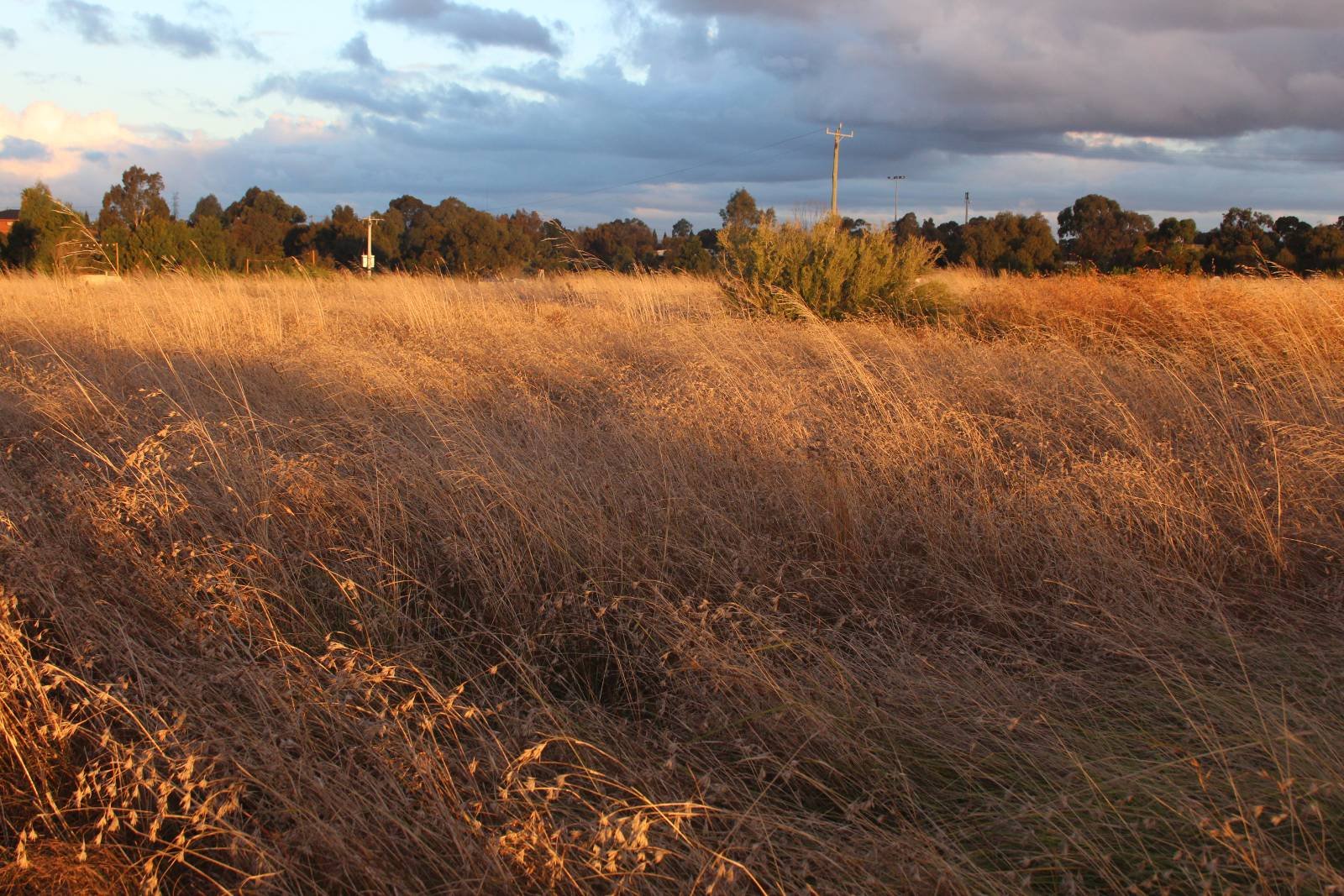
Across California, tribes are working to restore traditional land management practices, partnering with scientists, park managers, and local communities. Projects like cultural burns and native seed banks are reviving ancient techniques, proving that Indigenous wisdom is not just history—it’s a living, evolving science. These collaborations are reshaping how we think about conservation and wildfire prevention, creating a bridge between past and future. By listening to those who have known this land the longest, we unlock solutions that are both time-tested and urgently needed.
Wildlife Benefits: Native Gardens as Safe Havens
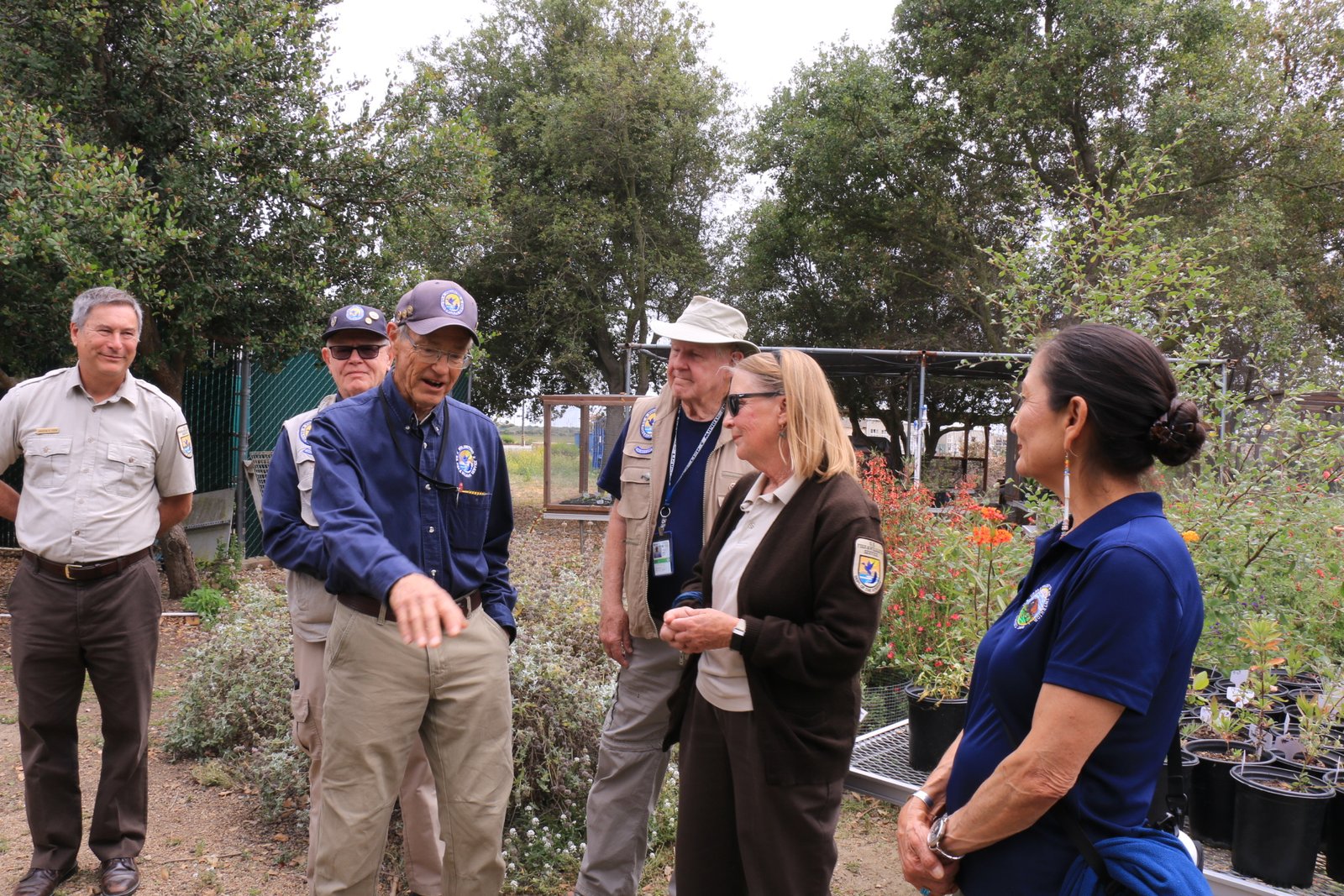
Fire-resistant native gardens are not just good for people—they’re a lifeline for wildlife. Birds nest in the sheltering branches of toyon and elderberry, while butterflies and bees feast on the nectar of yarrow and monkeyflower. After a fire, these resilient plants provide the first food and cover as animals return. By restoring native species, gardens become vital stepping stones for creatures struggling to survive in fragmented landscapes. Every blossom and berry is a testament to the interconnectedness of life and the role humans can play in protecting it.
Community Action: How Neighborhoods Can Make a Difference
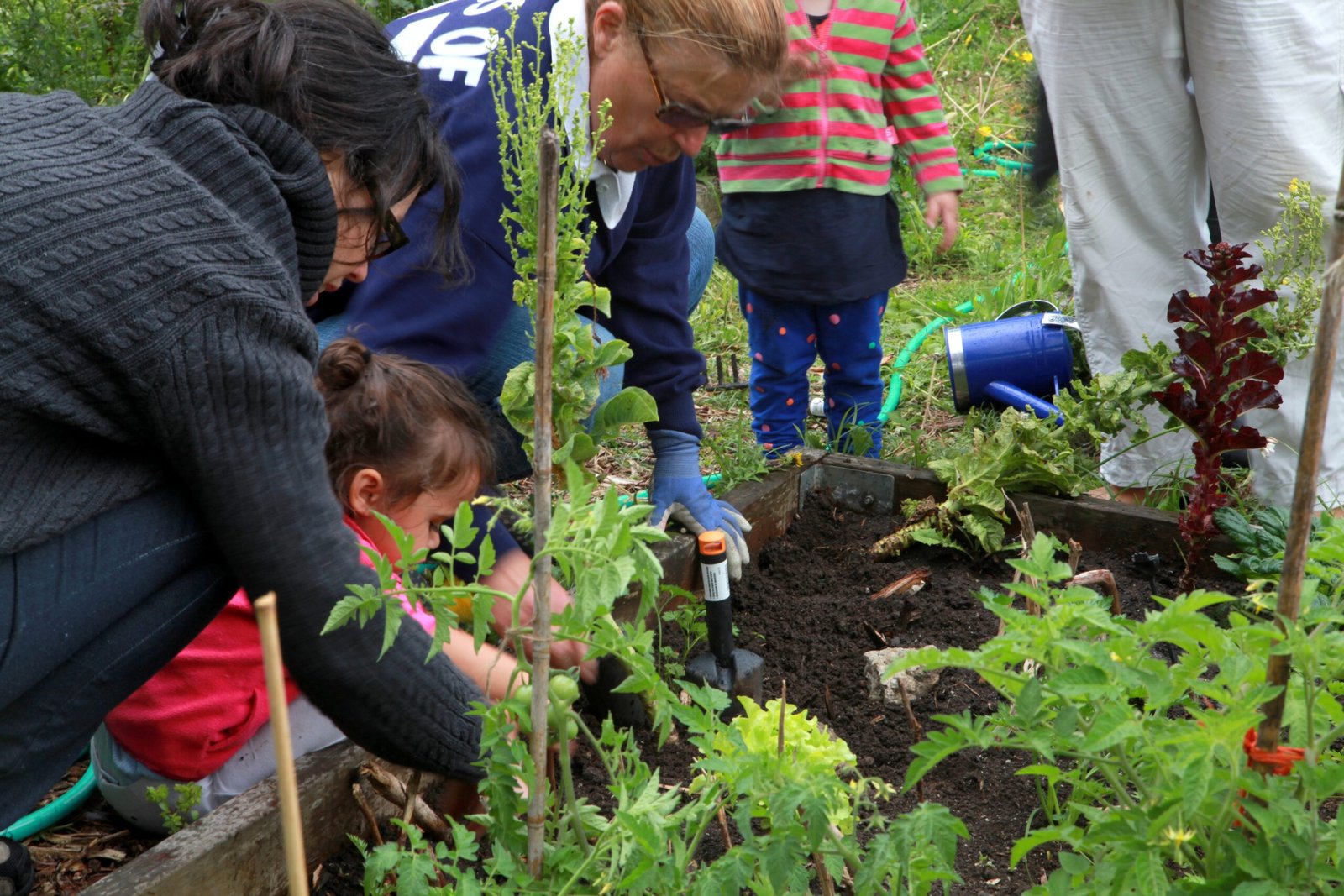
The power of native gardening multiplies when entire neighborhoods join forces. Fire-resistant landscaping along streets, parks, and schools can create large-scale firebreaks that protect whole communities. Local plant sales, workshops, and demonstration gardens inspire neighbors to make the switch. In places where wildfire risk is highest, community-driven projects can mean the difference between devastation and safety. The ripple effect of one garden can spread, turning entire towns into models of resilience.
Getting Started: Simple Steps Toward a Fire-Resistant Native Garden

Starting a native garden doesn’t require expert knowledge or a big budget. Begin by researching which plants are native to your area—local nurseries and botanical gardens are great resources. Remove invasive species that add fuel for fires, and replace them with tough, beautiful natives like sage, buckwheat, and manzanita. Keep pathways clear, prune shrubs, and mulch wisely. Most importantly, observe your landscape as Indigenous stewards once did, learning from the rhythms of the land. Each small change adds up to a safer, greener future.
Transforming California’s Future, One Garden at a Time

The story of California native gardens and Indigenous planting wisdom is a story of hope. By looking to the past, we find solutions for today’s wildfire crisis—solutions rooted in respect, observation, and harmony with nature. Native gardens are more than just places of beauty; they are acts of resilience and remembrance. As fire seasons grow longer and hotter, every native garden planted is a tribute to the endurance of the land and those who have cared for it. Could your garden be the next to carry this legacy forward?



